Cretans Celebrate 100th Anniversary of Union with Greece in New York
The Pancretan Association of America (PAA) celebrated the 100th Anniversary of the Union of Crete with Greece with a series of top-notch events, among them a Formal Gala Banquet at which renown author Harry Mark Petrakis was honored with the “Kazantzakeio” Award, and member of Greek Parliament Dora Bakoyanni with the “Venizelio” Award, which is considered to be the organization’s highest distinction.
The three-day festivities commenced with a symposium held at the United Nations: “The Cretan nutrition: Crete’s 100 Years of Contributions to Better Nutrition and Healthy Living”. The event was an astounding success and a first of its kind, combining the island’s centuries-old culinary experience with the possible benefits on people’s health today.
The day after the Gala, the play entitled “A Historical Recount of Events Surrounding the Union,” was staged at Astoria’s Cretan House, followed by a music program with songs themed after the Union.
Earlier that day, a Memorial Service for the Heroes of the Cretan Struggles for Liberation, Great Doxology & Artoklasia was offered at the Cathedral of the Holy Trinity, at which Archbishop Demetrios of America and Archbishop Irineos of Crete officiated. The events concluded that afternoon with a wreath-laying at the Statue of Liberty and hoisting the Greek flag at Castle Clinton in Battery Park, New York.
Before the Awards Gala Event, a press conference took place. In addition to Mr. Petrakis and Ms. Bakoyanni, Archishop of Crete Irineos, Permanent Representative of Greece to the UN, Ambassador, Michael Spinellis, Consul General of Greece in New York George Iliopoulos and executives of the Pan-Cretan Association of America were present.
The Pancretan Association of America is a non-profit organization dedicated to the cultivation and preservation of the rich cultural heritage of Crete and the empowerment of its members to become effective and responsible citizens. Through its diverse programs, PAA reaches out to Cretans of all ages in the United States and Canada making a positive difference in the lives of individual members, supporting the chapters of which they are a part and educating the public about the history and culture of Crete.
For 80 years PAA has been a cornerstone of the Greek-American community, fostering philanthropy, educational programs, scholarships and cultural events.
The first Cretan fraternity was organized in 1907 in New York City with the name Pancretan Club “O Phinix”. Most of its members, however, went back to Greece to fight against the Ottoman Empire in the Balkan Wars of 1912 and immediately following with the Allies in World War I; thus, “Phinix” was dissolved after six years of significant activity and accomplishments.
In the late 1910’s and early 1920’s Cretan fraternities were organized all over America. They included “Omonia” in New York City, “Minos” in Chicopee, “Arkadi” in Pittsburgh, “Mutual Benefit” in Cleveland, “Psilorites” in Detroit, “Cretan Fraternity” in Chicago, “Minos” in Salt Lake City, “Epimenides” in San Francisco and others. Each of these clubs was working independently but all had similar goals of giving support, comfort, and the sense of belonging to their members. Social events and celebration were held on a regular basis and Harilaos Peperakis, the talented lyra player of the times, was in heavy demand everywhere. The leaders and members of these clubs felt the need to be in touch with other Cretan clubs where friends and relatives could be found. On April 7, 1929, a special general meeting was held in “Omonoia” of NYC, with representation from “Arkadi” of Pittsburgh and “Epimenides” of SF, to discuss ways and means for creating a National Federation of all the Cretan clubs in America. The meeting resolved to “immediately create a working committee which would contact all the other clubs to set a place and a time for a meeting of representatives to draw up a constitution and to elect a President and a board.” Thus the PAA was born with Eleftherios Venizelos its first Honorary President.
THE UNION OF CRETE WITH GREECE
The island of Crete, an Ottoman possession since the end of the Cretan War, was inhabited by a mostly Greek-speaking population, whose majority was Christian. During and after the Greek War of Independence, the Christians of the island rebelled several times against external Ottoman rule, pursuing union with Greece. These were brutally subdued, but they secured some concessions from the Ottoman government under the pressure of European public opinion. In 1878, the Pact of Halepa established the island as an autonomous state under Ottoman suzerainty, until the Ottomans reneged on that agreement in 1889.
The collapse of the Pact heightened tensions in the island, leading to another rebellion in 1895, which greatly expanded in 1896–1897 to cover most of the island. By March 1897, the Great Powers decided to restore order by governing the island temporarily through a committee of four admirals who remained in charge until the arrival of Prince George of the Hellenes as the first High Commissioner of an autonomous Crete, effectively detached from the Ottoman Empire, on 9 December 1898. On the 25th of August in 1898, a Turkish mob massacred hundreds of Cretan Greeks, the British Consul and 17 British soldiers. As a result, the Turkish forces were expelled from the island by the Great Powers in November 1898, and an autonomous CretanState, under Ottoman suzerainty, garrisoned by an international military force, and with its High Commissioner provided by Greece, was founded.
On 13 December 1898, Prince George George arrived for a three-year tenure. On 27 April 1899, an Executive Committee was created, in which a young, Athens-trained lawyer from Chania, Eleftherios Venizelos, participated as Minister of Justice. By 1900, Venizelos and the Prince had developed differences over domestic policies, as well as the issue of Enosis, the union with Greece.
Venizelos resigned in early 1901, and for the next three years he and his supporters waged a bitter political struggle with the Prince’s faction, leading to a political and administrative deadlock on the island. Eventually, in March 1905, Venizelos and his supporters gathered in the village of Therisos, in the hills near Chania, constituted a “Revolutionary Assembly”, demanded political reforms and declared the “political union of Crete with Greece as a single free constitutional state” in a manifesto delivered to the consuls of the Great Powers. The Cretan Gendarmerie remained loyal to the Prince, but numerous deputies joined the revolt, and despite the Powers’ declaration of military law on 18 July, their military forces did not move against the rebels.
On 15 August, the Cretan Assembly voted for the proposals of Venizelos, and the Great Powers brokered an agreement, whereby Prince George would resign and a new constitution created. In the 1906 elections the pro-Prince parties took 38,127 votes while pro-Venizelos parties took 33,279 votes, but in September 1906 Prince George was replaced by former Greek Prime Minister Alexandros Zaimis and left the island. In addition, Greek officers came to replace the Italians in the organization of the Gendarmerie, and the withdrawal of the foreign troops began, leaving Crete de facto under Greek control.
A constitution was promulgated in February 1907, but in 1908, taking advantage of domestic turmoil in the Ottoman Empire as well as the timing of Zaimis’s vacation away from the island, the Cretan deputies declared unilateral unionwith Greece,but this act was not recognized by Greece until October 1912 and internationally until 1913, after the Balkan Wars.
By the Treaty of London, Sultan Mehmed V relinquished his formal rights to the island. In December, the Greek flag was raised at the Firka Fortress in Chania, with Eleftherios Venizelos and King Constantine in attendance, and Crete was formally unified with mainland Greece. The Muslim minority initially remained on the island but was later relocated to Turkey under the general population exchange agreed to in the 1923 Treaty of Lausanne between Turkey and Greece. Today, the exchanged Muslim Cretans who live in Turkey and their descendants still identify themselves as Cretans.
Additional Source: Wikipedia

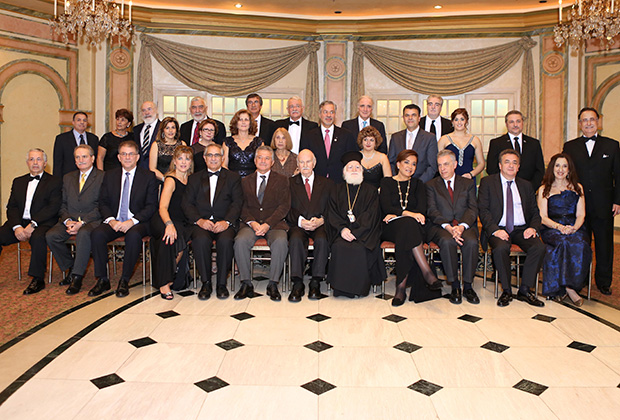
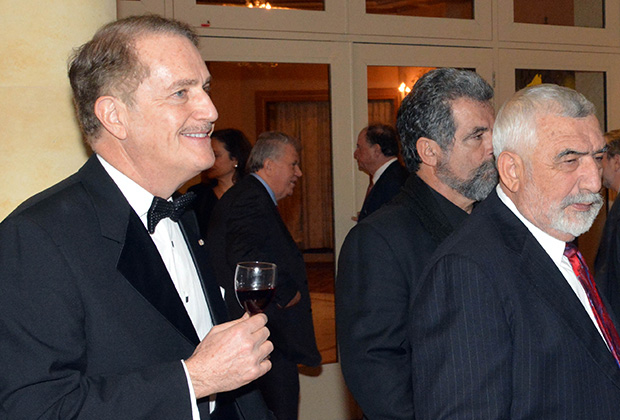
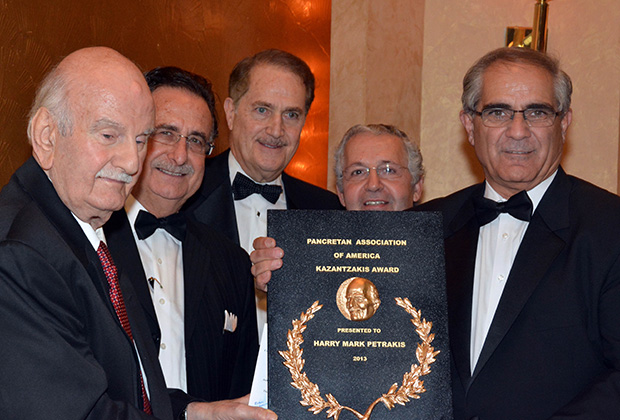
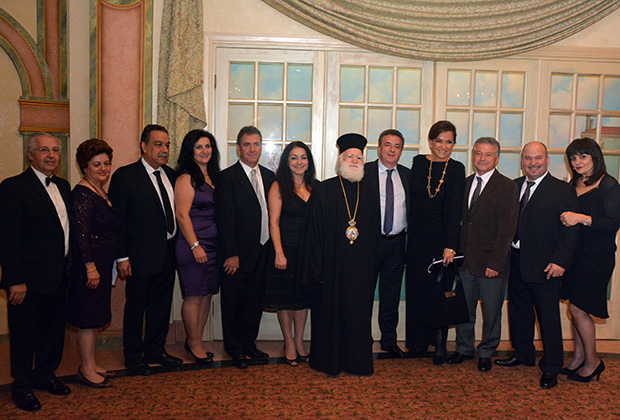
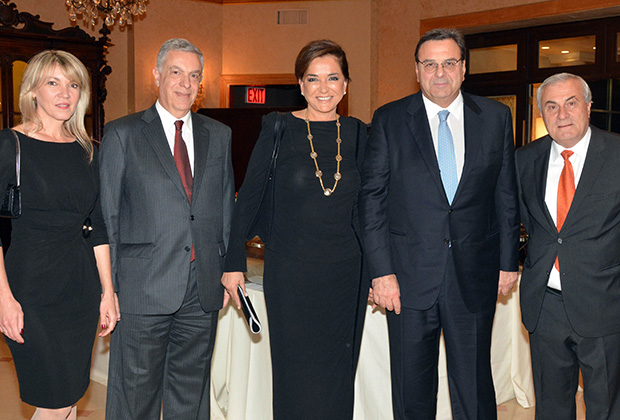
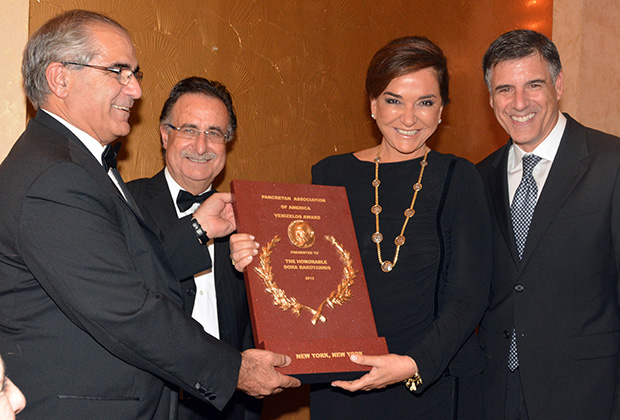

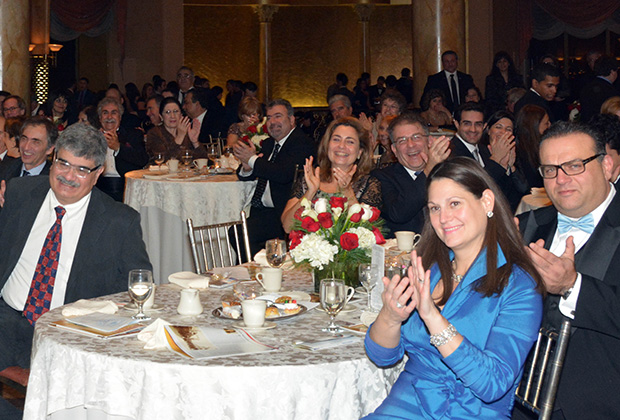
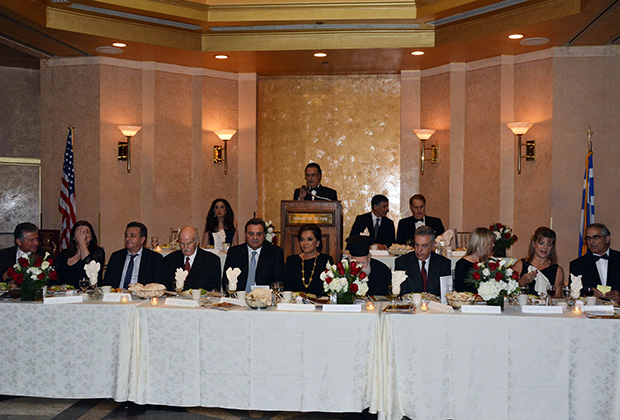
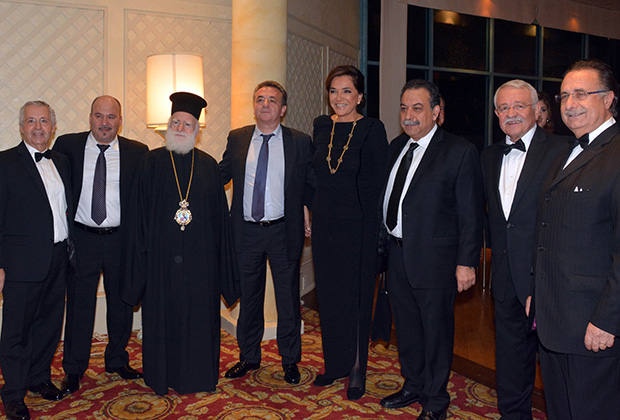

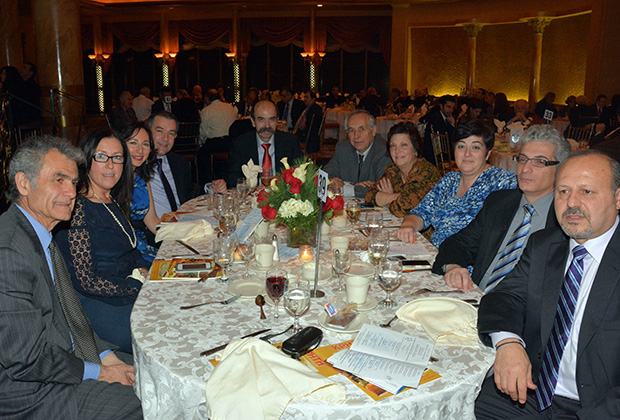
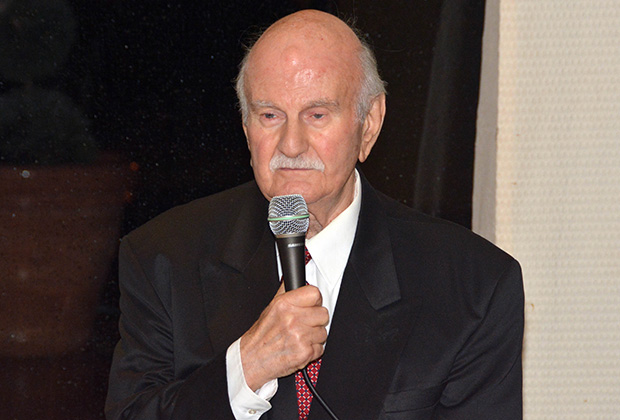
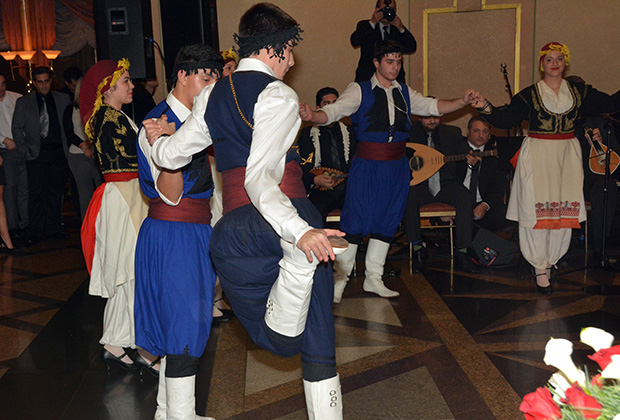
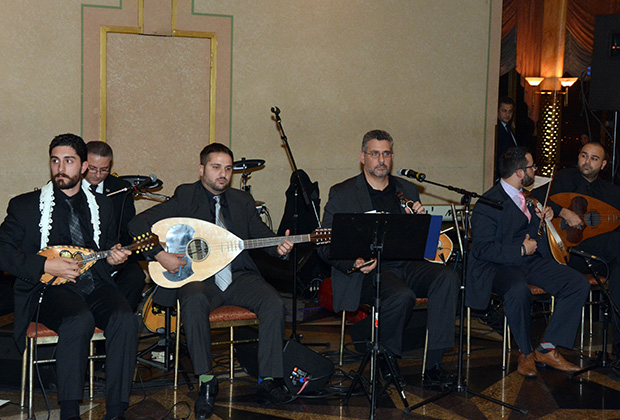
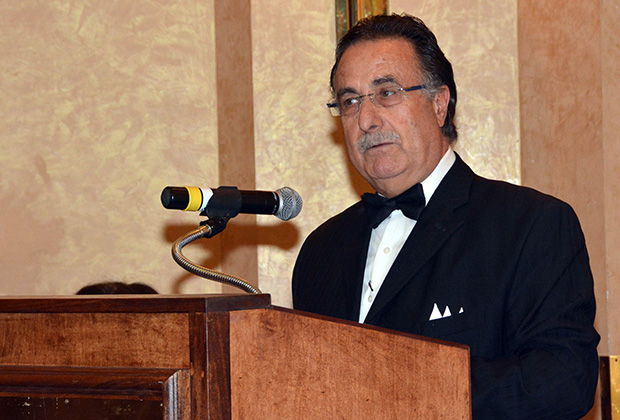











0 comments